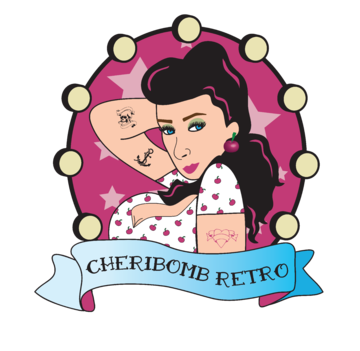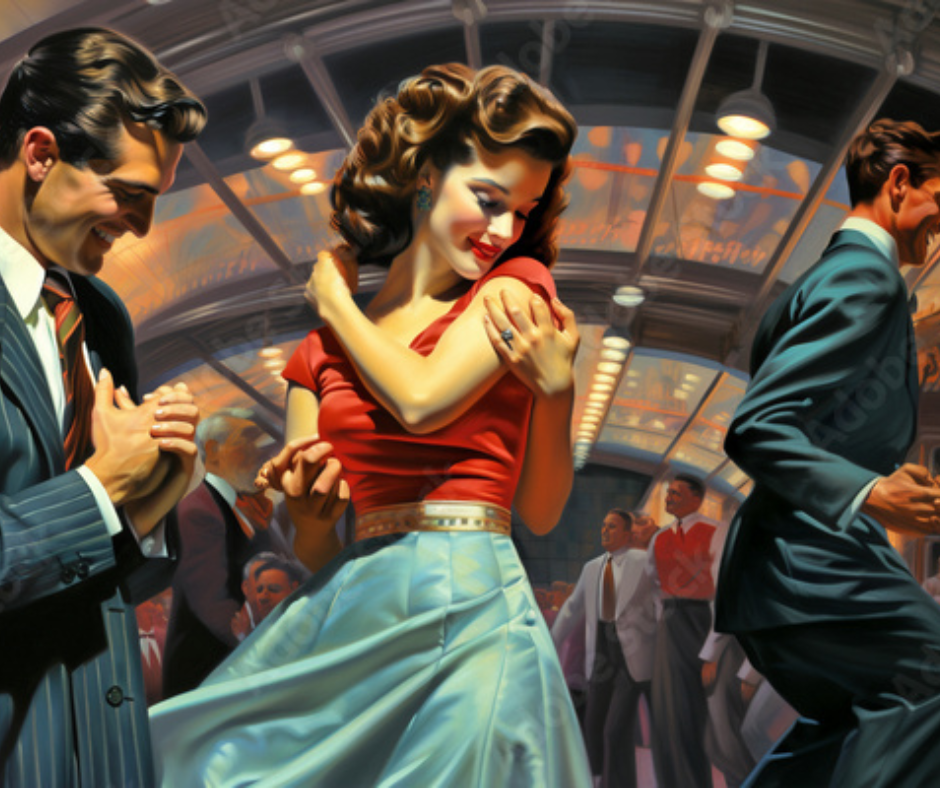In the world of fashion, few things evoke as much nostalgia and charm as vintage clothing. The allure of wearing a piece of history, the stories it carries, and the unique aesthetic of bygone eras all contribute to the timeless appeal of vintage garments. But what exactly defines "true" vintage clothing, and how can one distinguish pieces from different decades? Let's embark on a journey through time and style to explore the fascinating world of vintage fashion.
What is Considered True Vintage Clothing?
True vintage clothing typically refers to garments that were manufactured at least 20 to 30 years ago. These pieces often reflect the design sensibilities, fabric choices, and construction techniques prevalent during their respective eras. While vintage can encompass a wide range of styles and time periods, the term "true vintage" distinguishes items that are genuinely old and possess historical significance within the realm of fashion.
Identifying Vintage Clothing by Decade
Each decade of the 20th century left its indelible mark on fashion, with distinctive trends and silhouettes defining the era. Here's a brief overview of key characteristics to help identify vintage clothing by decade:
1920s: The Roaring Twenties
- Silhouette: Flapper dresses with dropped waistlines, loose and straight cuts.
- Fabrics: Luxurious materials like silk, chiffon, and velvet, often adorned with beading and fringe.
- Key Features: Art Deco embellishments, geometric patterns, and intricate embroidery.
1930s: The Golden Age of Hollywood
- Silhouette: Bias-cut gowns, fitted waists, and fluid lines that accentuated the female form.
- Fabrics: Satin, crepe, and rayon, with an emphasis on draping and movement.
- Key Features: Elegant detailing such as ruching, draping, and intricate buttons.
1940s: The War Years and Utility Fashion
- Silhouette: Tailored suits with padded shoulders for women, military-inspired attire for men.
- Fabrics: Due to rationing, practical materials like wool and cotton were prevalent.
- Key Features: Utility designs, functional pockets, and simplistic yet stylish silhouettes.
1950s: The Post-War Era and Dior's New Look
- Silhouette: Full skirts, nipped-in waists, and hourglass figures epitomized by Dior's New Look.
- Fabrics: Cotton, taffeta, and organza, often featuring bold prints and vibrant colors.
- Key Features: Poodle skirts, swing dresses, and novelty prints like polka dots and gingham.
1960s: The Swinging Sixties
- Silhouette: Shift dresses, A-line miniskirts, and mod-inspired shapes.
- Fabrics: PVC, polyester, and bold, psychedelic prints.
- Key Features: Op art patterns, color-blocking, and space-age influences.
1970s: The Age of Bohemianism
- Silhouette: Flowing maxi dresses, bell-bottom pants, and peasant blouses.
- Fabrics: Natural fibers like cotton, suede, and denim, often featuring earthy tones and floral motifs.
- Key Features: Fringe details, patchwork, and ethnic-inspired prints.
1980s: The Decade of Excess
- Silhouette: Power suits with strong shoulders, oversized blazers, and body-conscious styles.
- Fabrics: Lycra, spandex, and metallic fabrics, with bold colors and flashy embellishments.
- Key Features: Shoulder pads, neon colors, and punk-inspired elements.
1990s: The Dawn of Grunge and Minimalism
- Silhouette: Grunge-inspired flannel shirts, slip dresses, and minimalist styles.
- Fabrics: Denim, flannel, and velvet, often in muted tones or bold plaids.
- Key Features: Minimalist designs, oversized proportions, and a mix of high and low fashion.
How to Identify Vintage Clothing
When assessing whether a garment is truly vintage and determining its era, consider the following:
-
Labels and Tags: Look for labels with the manufacturer's name, which can provide clues about the garment's age and origin.
-
Construction and Materials: Examine the stitching, seams, and fabric quality. Vintage pieces often feature meticulous craftsmanship and high-quality materials.
-
Style and Silhouette: Familiarize yourself with the fashion trends of each decade to recognize typical silhouettes, cuts, and design elements.
-
Details and Embellishments: Pay attention to decorative elements such as buttons, zippers, and trimmings, as these can offer insights into the era of production.
-
Condition: Vintage clothing may show signs of wear and age, but excessive damage or deterioration can impact its value and authenticity.
By honing your eye for detail and familiarizing yourself with the distinctive characteristics of each decade, you can embark on a thrilling treasure hunt through the rich tapestry of vintage fashion. Whether you're drawn to the glamour of the 1920s or the rebellious spirit of the 1980s, there's a vintage piece waiting to weave its story into your wardrobe.
So, embrace the nostalgia, celebrate the craftsmanship of yesteryears, and let the timeless allure of true vintage clothing inspire your personal style journey.
Check out our Second Love range for some gorgoeus vintage clothes.

